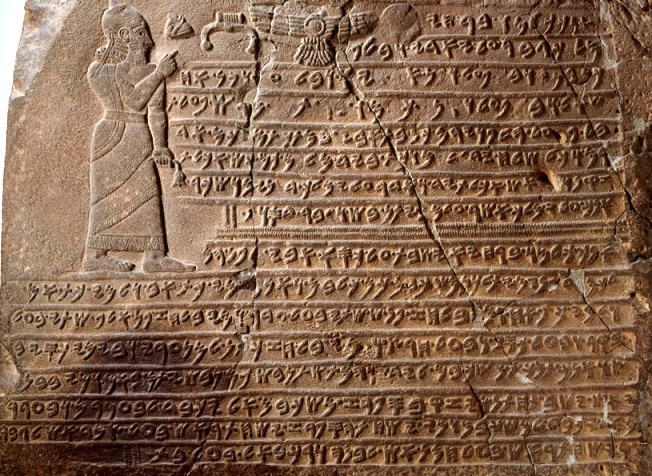On 22nd of June 2016, one day before the Brexit referendum, I had the interview for my studentship at the CREWS Project. I still don’t know where I got the courage to apply for a PhD at the University of Cambridge. Probably from my mum, who told me: “Imagine how many people won’t even apply just because they feel as intimidated as you are right now.” She was right, and I had nothing to lose.
I remember asking my interviewers how a supposed Brexit would change the situation of the project and mine if I were the chosen candidate, as I am a Spanish national and CREWS is fully funded by the European Research Council. They told me not to worry about it, that most probably it wouldn’t happen. While Britain was voting, I got the good news: I was successful in the competition and was invited to do my PhD as part of this project. The bad news came the following morning: the UK had voted to leave the EU. But that would take quite a long time to materialise, in fact, as much as my thesis.
So there I was, in September 2016, arriving for the first time in Cambridge. The months and years to come were happy ones. Although I missed my family, my people, my Madrid, I was feeling truly independent in my personal and professional life. I owned my work and my time, which wasn’t easy at first, but very rewarding once I managed to visualise clearly what I wanted my thesis to look like and how much time I had to finish it.


 CREWS people have been busy with various conferences this year. In April Rob was involved in organising the conference, “A Corpus and Usage-based approach to Ancient Greek: From the Archaic Period until the Koine”, in Riga, together with colleagues from the University of Leipzig University and the University of Latvia (see
CREWS people have been busy with various conferences this year. In April Rob was involved in organising the conference, “A Corpus and Usage-based approach to Ancient Greek: From the Archaic Period until the Koine”, in Riga, together with colleagues from the University of Leipzig University and the University of Latvia (see 

